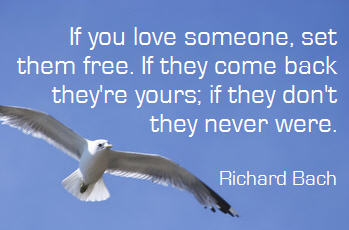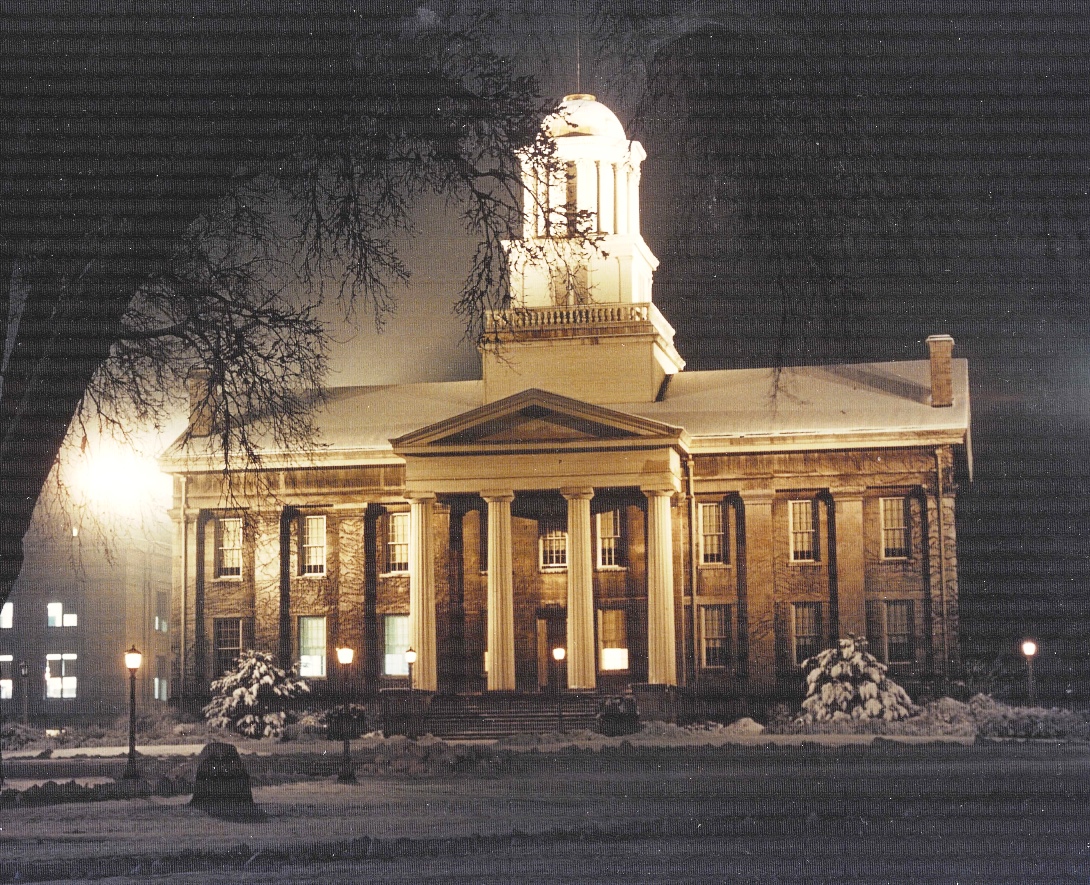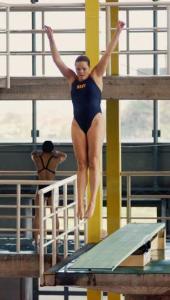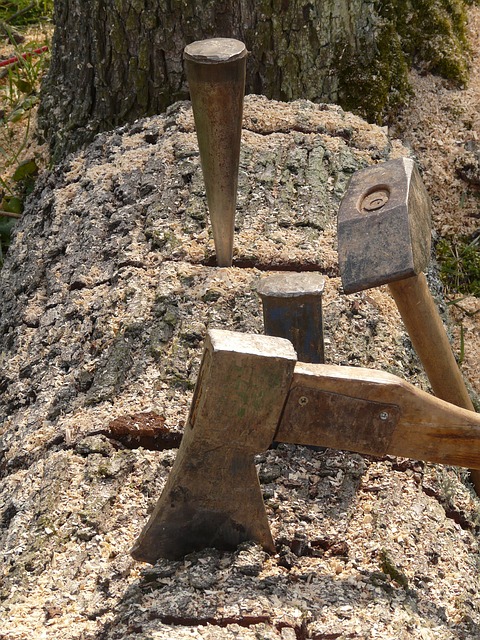In the movie Sleepless in Seattle, the lead character’s mother described her first meeting with her father …. It was magic. Then Tom Hanks’ character describes taking his dead wife’s hand for the first time : It was magic! Meg Ryan’s character realized she didn’t have that with her fiance and decided she didn’t want to live without it. Neither do I, and I expect no one does.
I think we can all recall times of magic in our lives. Time stands still, a new emotional and spiritual reality envelopes us, and a peak experience emerges. As I get older (happening mighty fast!), I like to look back on some of my magical experiences.
The summer after high school graduation, I worked as a waitress at a summer resort in Wisconsin. A guest named Mike, a law student from Northwestern University, dated me the week he was there. We went to Leibkins and ate ice cream in the afternoons, drove to a corn roast after dinner wrapped in a blanket in a convertible with our friends. Then we ended up at 1:00 in the morning sitting on deck chairs, holding hands, watching moonlight on the water, and discussing our philosophies of life. He was smart, funny, and a complete gentleman. For those few days, we lived in a small world of our own – carefree, interesting and magical.
Pete and I moved to New Hampshire after graduate school following an exploratory visit. During our very first drive up Highway 123 between Peterborough and Stoddard, we were suddenly captivated by the leafy forest overhead and the filtered sunlight, creating a yellow green world very like being underwater. It was enchanting, and the magic descended. Our friends Peter and Peggy put us up while we looked at houses and the guys built fences. We lived there three years, had two children, then divorced. Pete never left.
As a single mom during the next three years, still in New England, I discovered English country dancing, held in local town halls and churches. My friends and I carpooled each weekend along winding wooded roads, scurrying into the hall right at 8:30, like leaves blowing off the trees. We danced until midnight to centuries-old fiddle, concertina, and penny whistle music: reels, contra dancing, and occasional round dances. No alcohol, no drugs, but we were high on movement, music, and the shadow of colonial history you could still feel. Absolute magic. Have a listen HERE. I danced in that very same Nelson town hall many, many years ago!
One of those winters, a boyfriend took me on his snowmobile into inaccessible woods and lakes. We passed waterfalls that froze in colors: blue, green, pink, and yellow because of the abundant minerals the water washed out of the rocky hillsides. A white, frozen world where one could fantasize about figure skating alone on Center Pond at midnight under an archetypal night sky, all mauve, gray and pearly white. More magic.
Later, entering the world of my children through late night walks in summer, watching our shadows grow longer and longer, talking about anything and everything. Starting the PBS miniseries, Middlemarch, at 11 pm with daughter Amanda on another summer evening years later, not ending until 4:00 am, and then going out for a walk to reflect on a great story. Picking Peter up from the dude ranch where he worked right after high school and listening to his stories of riding horses (I only landed on my head twice!) and playing with bull snakes in the hay fields.
Finally, I’ve been blessed with many magical experiences communing with the divine. Just this morning early, a pool of golden light – reflected through a small window opposite – appeared on my family photos and the picture of the Salt Lake Temple skyline at sunset right above them. It only lasted a few minutes but it seemed to be a direct message about the eternal nature of my family and the promises found in our temples. This is a magic that will never end.
Please post any of your special memories for us all to enjoy.

Frozen Waterfall
Courtesy PublicDomainPictures.net Image 11480











